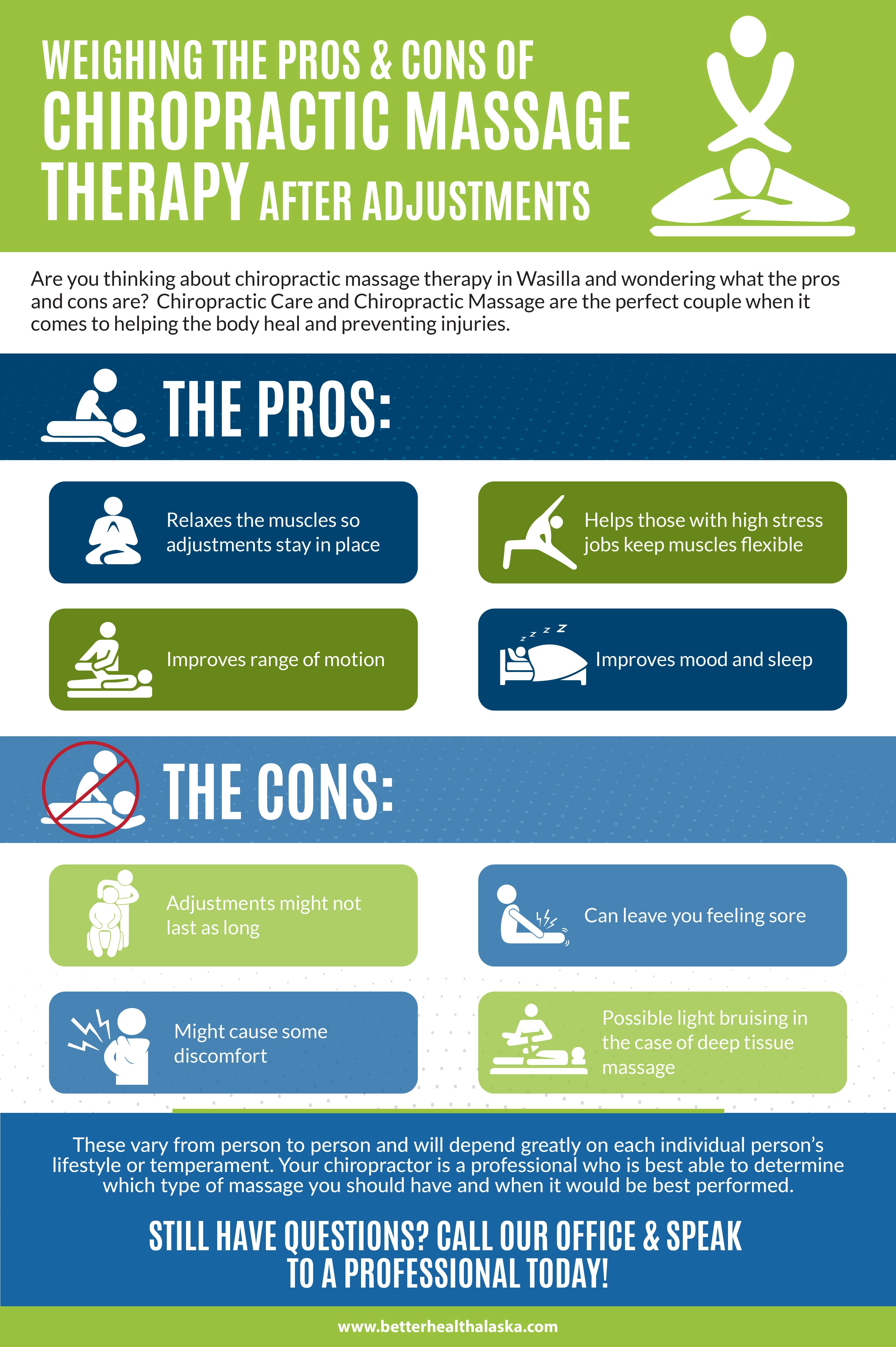Reduce Neck And Back Pain By Checking Out The Everyday Activities That Could Be Adding Aspects; Even Mild Modifications Can Help You Accomplish A Life Without Pain
Reduce Neck And Back Pain By Checking Out The Everyday Activities That Could Be Adding Aspects; Even Mild Modifications Can Help You Accomplish A Life Without Pain
Blog Article
Material Writer-Carstensen Svenningsen
Keeping appropriate position and preventing typical challenges in everyday tasks can substantially influence your back health and wellness. From how you sit at your workdesk to how you raise heavy things, little adjustments can make a big distinction. Picture a day without the nagging pain in the back that hinders your every step; the service might be simpler than you assume. By making a few tweaks to your daily behaviors, you could be on your way to a pain-free presence.
Poor Posture and Sedentary Way Of Life
Poor position and a less active lifestyle are two major factors to neck and back pain. When doctor of chiropractic medicine slouch or suspicion over while sitting or standing, you put unneeded pressure on your back muscular tissues and back. This can result in muscle mass imbalances, stress, and eventually, persistent pain in the back. In dr. steven schram and chiropractor and reviews , sitting for extended periods without breaks or physical activity can compromise your back muscle mass and lead to tightness and pain.
To fight inadequate pose, make a mindful effort to rest and stand right with your shoulders back and lined up with your ears. Bear in mind to maintain your feet flat on the ground and stay clear of crossing your legs for prolonged periods.
Integrating normal stretching and enhancing exercises into your everyday regimen can also aid boost your posture and relieve neck and back pain related to an inactive way of living.
Incorrect Training Techniques
Improper lifting methods can significantly contribute to pain in the back and injuries. When you raise heavy things, remember to bend your knees and use your legs to raise, rather than counting on your back muscles. Avoid turning your body while lifting and maintain the item close to your body to reduce strain on your back. It's essential to keep a straight back and avoid rounding your shoulders while raising to avoid unneeded pressure on your spine.
Always analyze the weight of the item before raising it. If it's also hefty, request for aid or usage tools like a dolly or cart to move it securely.
Keep in mind to take breaks throughout raising jobs to provide your back muscle mass a chance to relax and avoid overexertion. By implementing correct lifting strategies, you can protect against pain in the back and minimize the risk of injuries, ensuring your back remains healthy and balanced and solid for the long-term.
Lack of Normal Exercise and Stretching
A less active lifestyle without routine exercise and extending can considerably contribute to neck and back pain and pain. When you don't participate in exercise, your muscles come to be weak and inflexible, leading to poor posture and increased pressure on your back. Normal exercise helps reinforce the muscle mass that sustain your spinal column, enhancing stability and lowering the danger of back pain. Including extending right into your regimen can additionally improve adaptability, stopping tightness and pain in your back muscular tissues.
To stay clear of pain in the back triggered by an absence of exercise and extending, go for a minimum of 30 minutes of modest physical activity most days of the week. Include workouts that target your core muscle mass, as a solid core can help alleviate pressure on your back.
Furthermore, take breaks to extend and relocate throughout the day, specifically if you have a workdesk task. Basic stretches like touching your toes or doing shoulder rolls can aid eliminate stress and avoid back pain. Focusing on regular exercise and extending can go a long way in preserving a healthy back and lowering discomfort.
Final thought
So, bear in mind to stay up straight, lift with your legs, and remain active to avoid neck and back pain. By making basic modifications to your everyday practices, you can avoid the pain and constraints that come with pain in the back. Take care of your spinal column and muscular tissues by exercising good pose, proper training techniques, and normal workout. Your back will certainly thank you for it!
